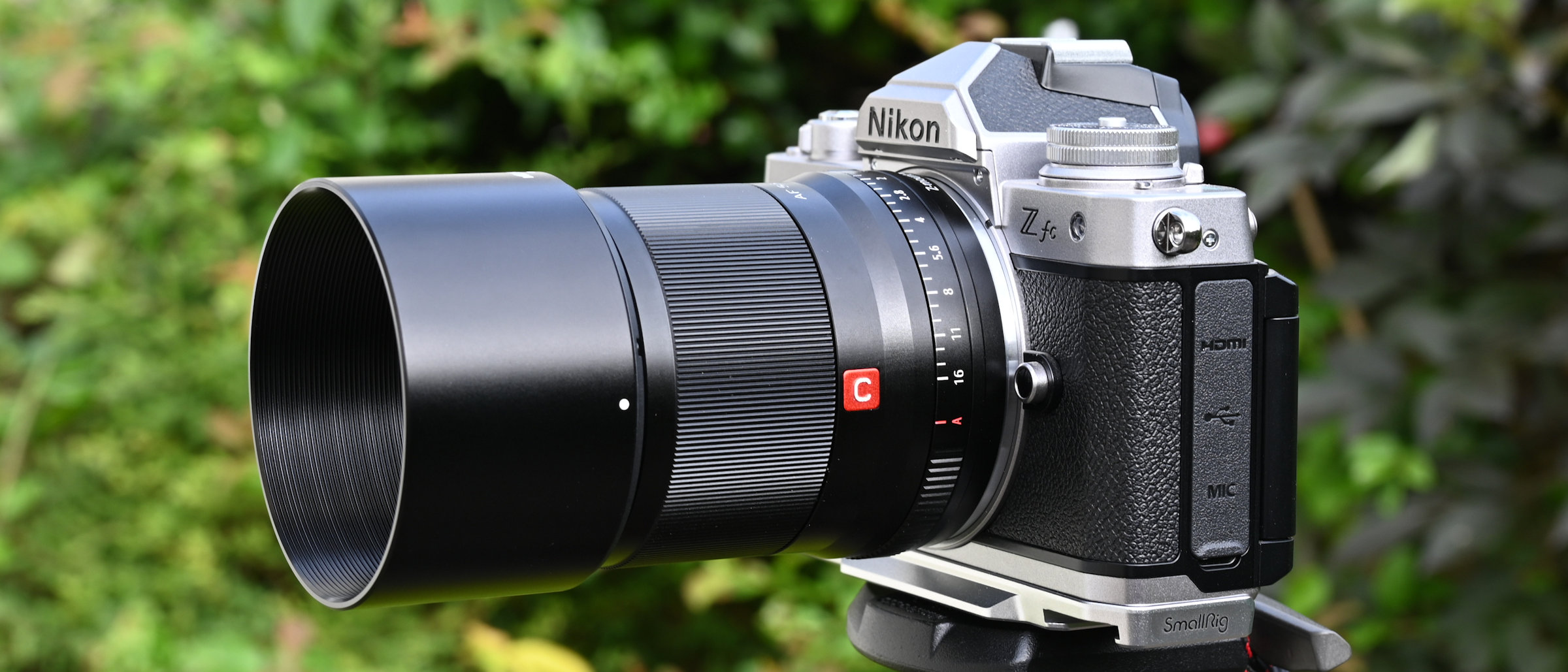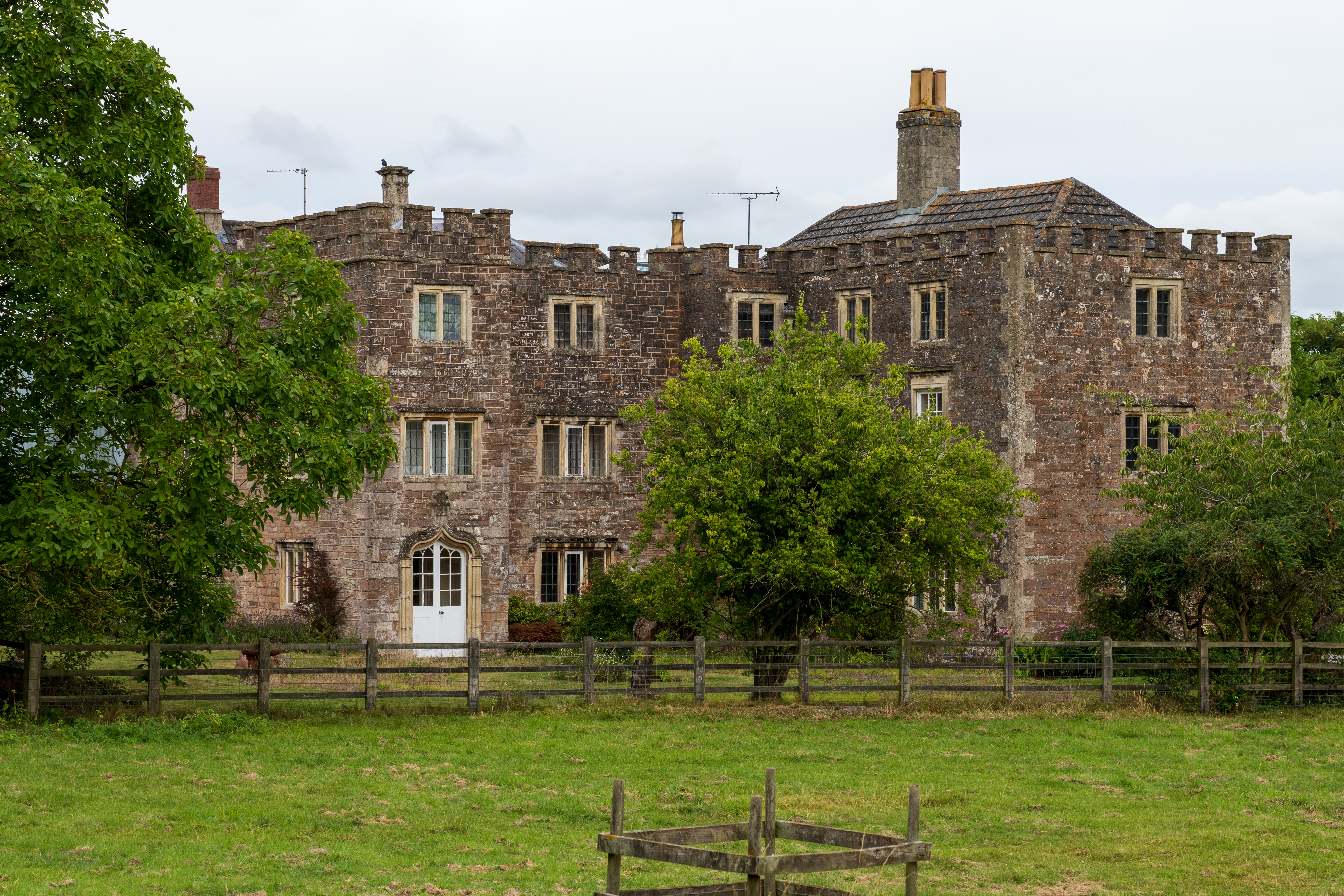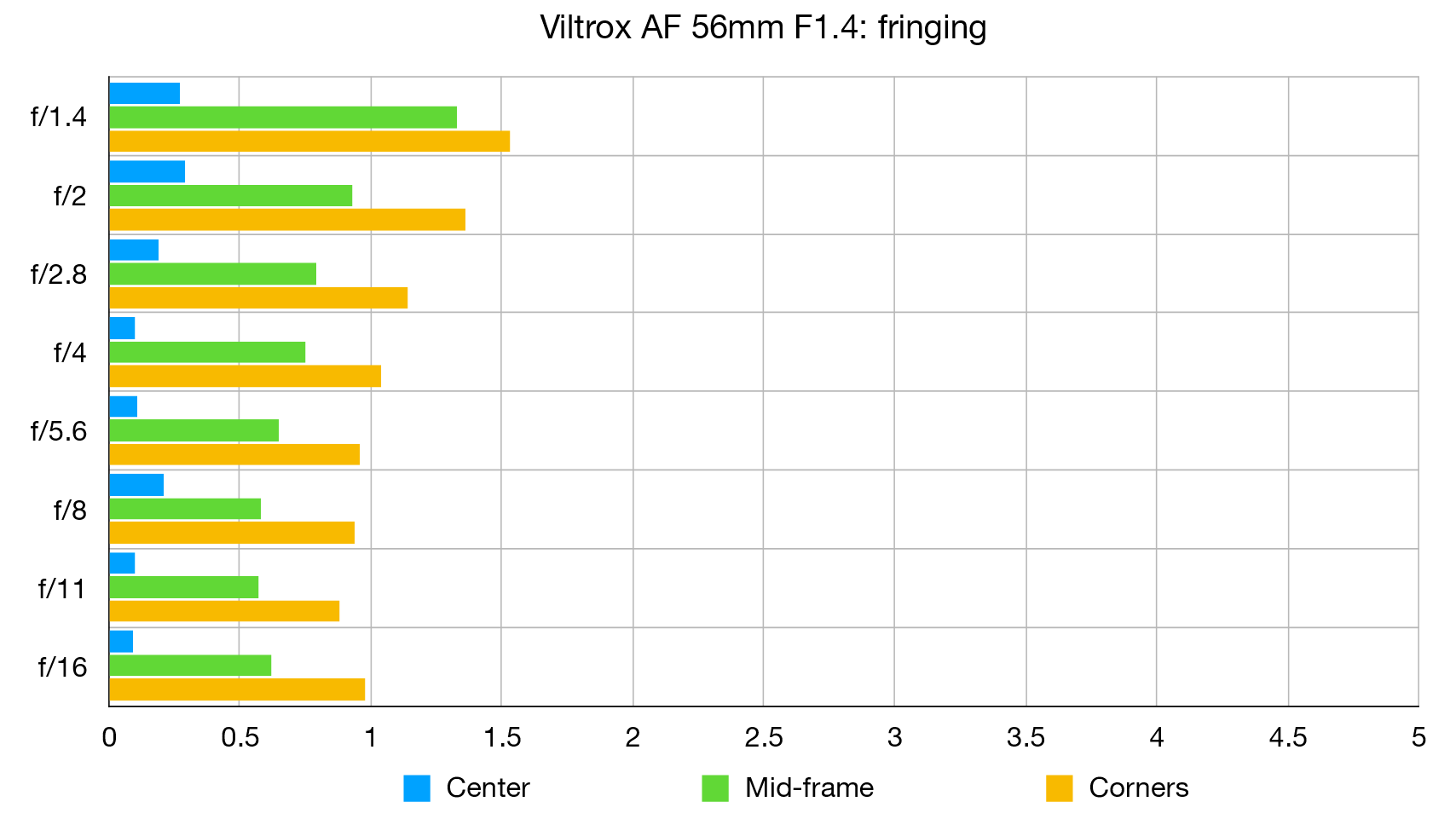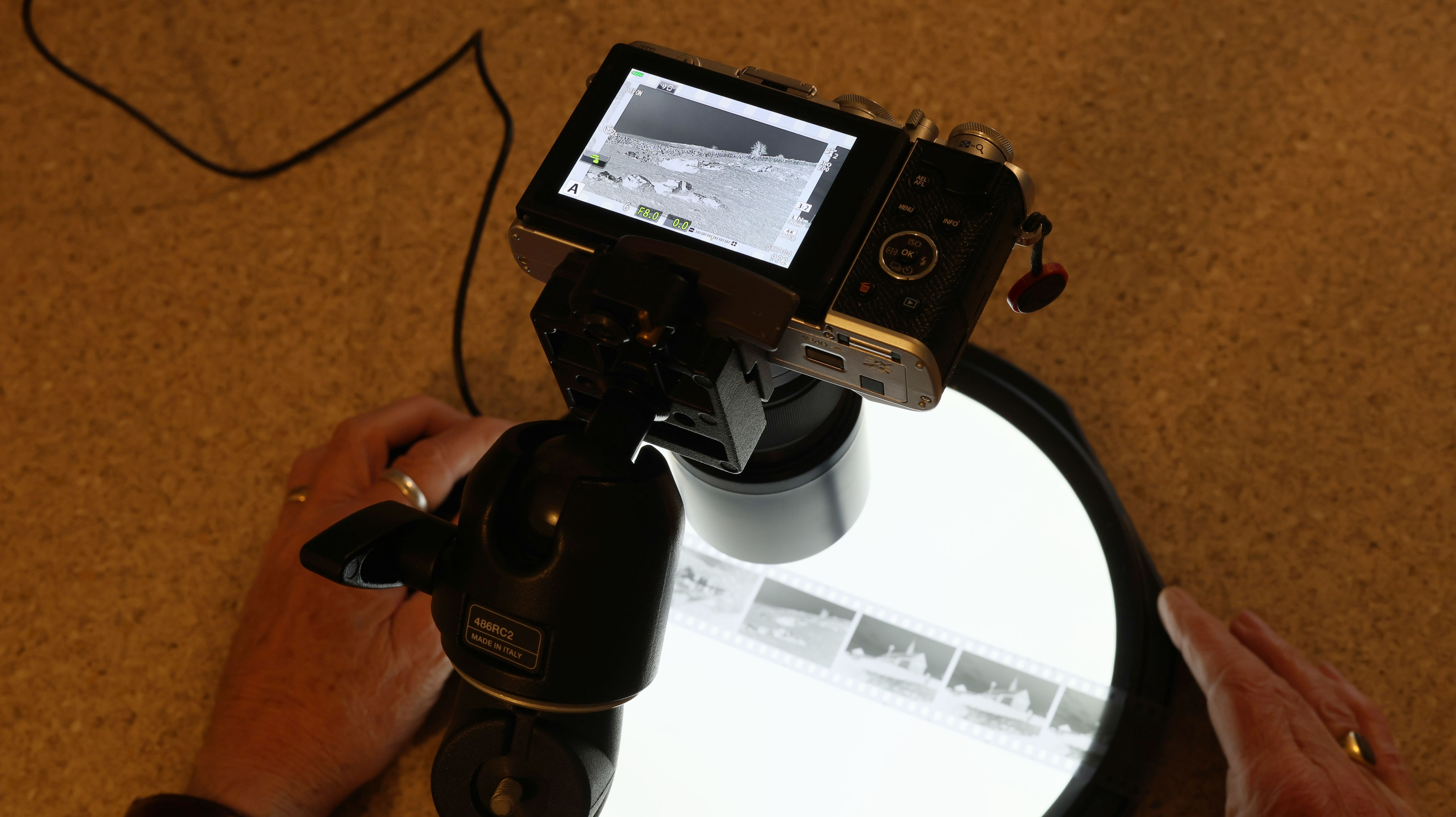Digital Camera World Verdict
With a classic ‘effective’ focal length of 85mm on APS-C format Fujifilm X, Nikon Z and Sony E mirrorless system cameras (90mm on Canon EOS M bodies) this Viltrox lens is a prime candidate for portraiture. That’s reinforced by its fast f/1.4 aperture rating, enabling a tight depth of field. It’s as sharp as you like with lovely soft bokeh. Build quality, handling and overall performance are excellent, making it incredible value at the price.
Pros
- +
Classic effective focal length
- +
Impressive build quality
- +
Lovely image quality
Cons
- -
Aperture ring has no click-steps
- -
No locking switch for Auto aperture setting
- -
Lacks any weather-seals
Why you can trust Digital Camera World
Think ‘portrait prime’ and you’re probably thinking of an 85mm lens with a fast aperture rating, at least for full-frame cameras. The Viltrox AF 56mm F1.4 gives you the same effective focal length on an APS-C format body, with mount options including Canon EOS M, Fujifilm X, Nikon Z DX and Sony E. The effective focal length is actually closer to 90mm on Canon bodies, due to the greater crop factor.
Specifications
Mount: Canon M, Fujifilm X, Nikon Z, Sony E
Full-frame: No
Autofocus: Yes
Stabilization: No
Lens construction: 10 elements in 9 groups
Angle of view: 28 degrees
Diaphragm blades: 9
Minimum aperture: f/16
Minimum focusing distance: 0.6m
Maximum magnification ratio: 0.1x
Filter size: 52mm
Dimensions: 65x72mm
Weight: 320g
Key features
The 56mm focal length and f/1.4 aperture are definitely key features for portraiture and still life photography. This combination makes it the ‘longest’ in the trio of Viltrox 23mm, 33mm and 56mm f/1.4 prime lenses for APS-C format cameras. Despite the difference in focal lengths, all three lenses are a very similar size and weight, and all feature a 52mm filter attachment thread.
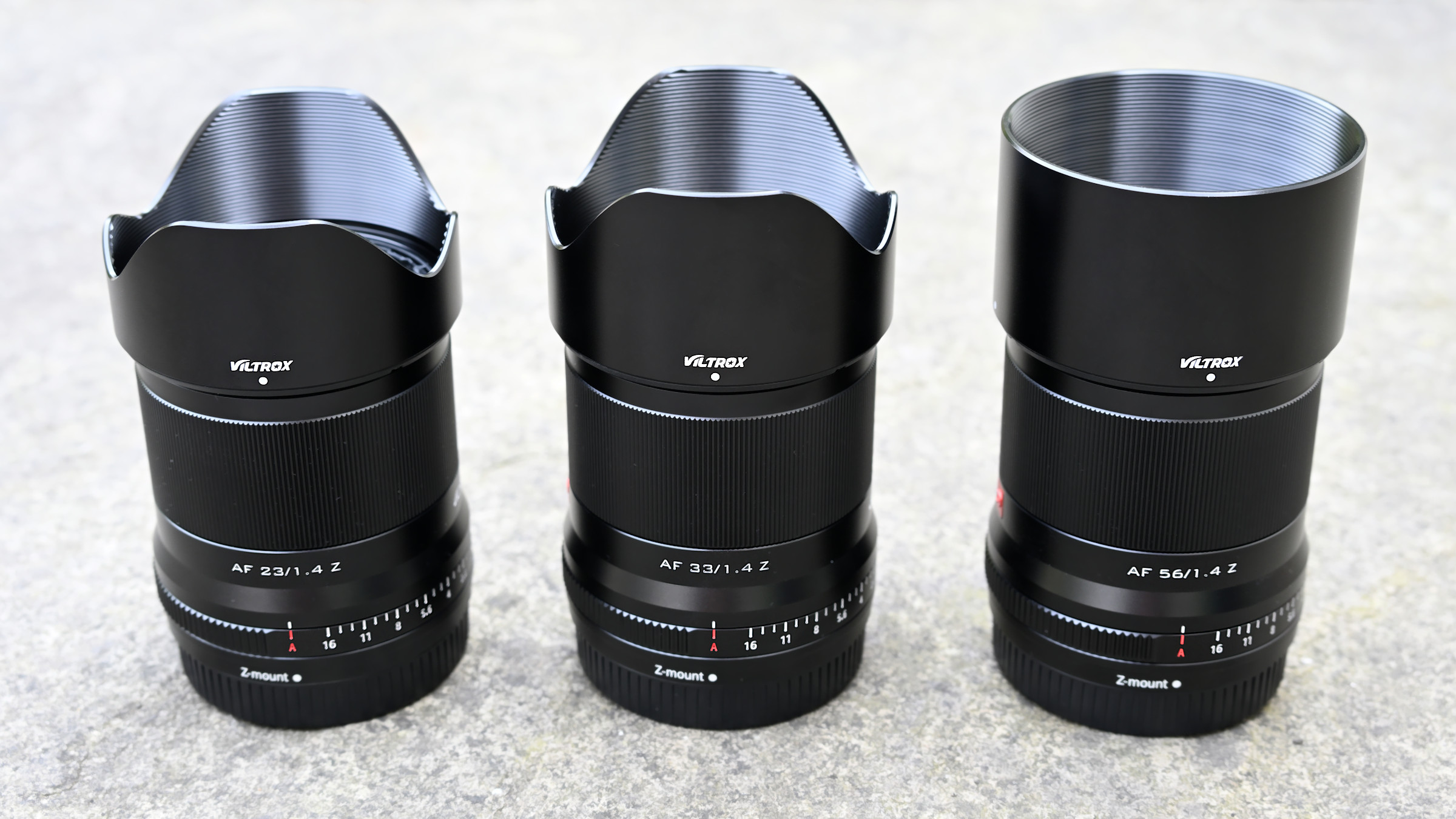
Further similarities between the three lenses include a fast and virtually silent linear stepping motor to drive autofocus, an electronically coupled manual focus control ring, and an aperture control ring. Like the 33mm lens, the 56mm also includes one ED (Extra-low Dispersion) element and one HR (High Refractive index) element in a total count of ten elements arranged in nine groups. Again, HD Nano multi-layer coating is applied to minimize ghosting and flare.
Another neat common feature is that all three lenses feature a micro-USB port, built into the mounting plate. This facilitates firmware upgrades to be applied as and when they’re released, helping to ensure future-proofed compatibility.

Build and handling
Measuring 65x72mm and weighing in at 320g, the Viltrox 56mm is refreshingly compact and lightweight compared with many recent lenses, and feels beautifully balanced on small APS-C format mirrorless cameras.
Build quality is excellent, featuring a metal mounting plate, metal casing and even a metal hood. No weather-seals are incorporated but that’s no surprise considering the selling price. Handling is very good indeed, the ‘de-clicked’ aperture ring working well for shooting video. However, there’s no click-step option for shooting stills and no switch for locking the aperture ring in its Auto position. It’s easy to find yourself inadvertently shooting at f/16, after accidentally nudging the aperture ring away from its Auto setting.
Performance
Focusing is critical in portraiture, especially when shooting at very wide apertures for a tight depth of field. We found that Eye AF worked very accurately and consistently with our Z-mount test sample mounted on a Nikon Z fc camera.
Center-sharpness remains excellent even when shooting wide-open and, while corner-sharpness drops off a bit by comparison, that’s no issue in practical terms. In portraiture and still life photography, softening towards the edges of the frame is generally preferable. Vignetting is quite mild, even at f/1.4 and again, a little vignetting can actually be an advantage for portrait and still life images. In-camera correction is generally available if you need it.
More importantly for this type of lens, bokeh is beautifully soft and dreamy. The Viltrox also does well to keep axial chromatic aberration to a minimum, avoiding color fringes around high-contrast edges in a scene that are just in front of or behind the plane of focus. All in all, performance is excellent.
Sample images
Lab results
We run a range of lab tests under controlled conditions, using the Imatest Master testing suite. Photos of test charts are taken across the range of apertures and zooms (where available), then analyzed for sharpness, distortion and chromatic aberrations.
We use Imatest SFR (spatial frequency response) charts and analysis software to plot lens resolution at the center of the image frame, corners and mid-point distances, across the range of aperture settings and, with zoom lenses, at four different focal lengths. The tests also measure distortion and color fringing (chromatic aberration).
Sharpness:
The best camera deals, reviews, product advice, and unmissable photography news, direct to your inbox!
Sharpness across most of the image frame is excellent at f/1.4 and fabulous at narrower apertures down to f/8, then dropping off noticeably at f/11 and f/16. Sharpness is also really good at the extreme edges and corners of the frame at f/5.6 and f/8
Fringing:
There’s a little lateral chromatic aberration towards the edges and corners of the frame but it generally goes unnoticed, even without automatic in-camera correction being applied.
Distortion: 1.11
Pincushion distortion is very minimal and usually won’t be apparent in images. If you do spot any, it’s easy to correct either in-camera or at the editing stage.
Verdict
With a classic ‘effective’ focal length of 85mm on APS-C format Fujifilm X, Nikon Z and Sony E mirrorless system cameras (90mm on Canon EOS M bodies) this Viltrox lens is a prime candidate for portraiture. That’s reinforced by its fast f/1.4 aperture rating, enabling a tight depth of field. It’s as sharp as you like with lovely soft bokeh. Build quality, handling and overall performance are excellent, making it incredible value at the price.
Read more:
• Best camera lenses to get
• Best Canon lenses
• Best Nikon lenses
• Best Sony lenses
Matthew Richards is a photographer and journalist who has spent years using and reviewing all manner of photo gear. He is Digital Camera World's principal lens reviewer – and has tested more primes and zooms than most people have had hot dinners!
His expertise with equipment doesn’t end there, though. He is also an encyclopedia when it comes to all manner of cameras, camera holsters and bags, flashguns, tripods and heads, printers, papers and inks, and just about anything imaging-related.
In an earlier life he was a broadcast engineer at the BBC, as well as a former editor of PC Guide.
